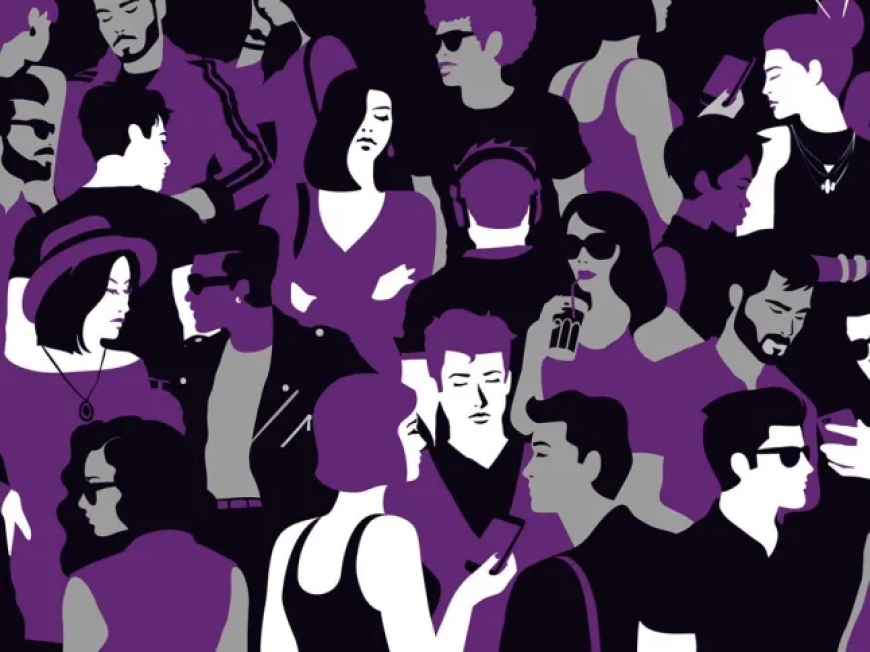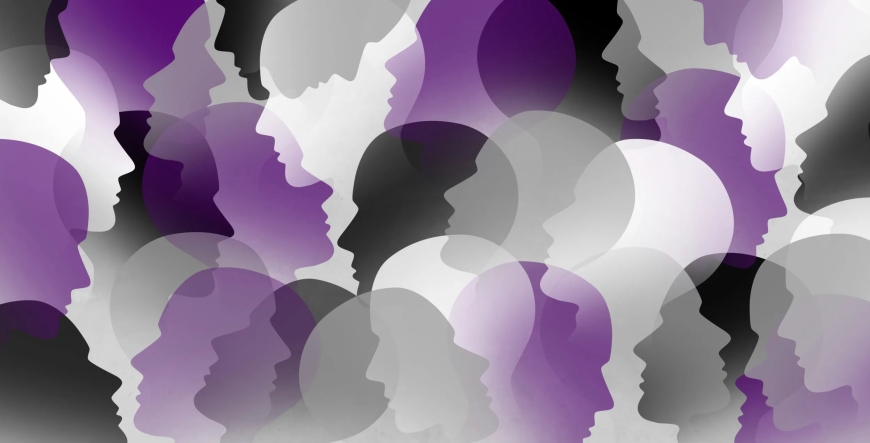Asexuality Explained: Beyond Myths and Misunderstandings
A comprehensive guide to understanding asexuality, debunking common myths, and exploring the diverse experiences of asexual individuals.

Asexuality Explained: Beyond Myths and Misunderstandings
Asexuality is a sexual orientation characterized by a lack of sexual attraction to others or a low or absent interest in sexual activity. Despite being a valid and recognized identity, asexuality is often misunderstood, misrepresented, and surrounded by myths. This comprehensive guide aims to explain asexuality clearly, debunk common misconceptions, and highlight the diversity within the asexual community.
What is Asexuality?
Asexuality is defined as a sexual orientation where an individual experiences little to no sexual attraction towards others. It is important to note that asexuality is different from celibacy, which is a choice to abstain from sexual activity. People who identify as asexual may still experience romantic attraction, emotional intimacy, and form deep relationships, but without the component of sexual desire.
Common Myths About Asexuality
Many myths about asexuality contribute to stigma and invisibility. A common misconception is that asexuality is simply a phase or the result of trauma or social anxiety. In reality, asexuality is a valid sexual orientation, much like heterosexuality, homosexuality, or bisexuality. Another myth is that asexual people cannot form romantic relationships or that they lack emotions. However, many asexual individuals have fulfilling romantic relationships and experience a wide range of emotions and desires.
Diversity Within the Asexual Community
The asexual spectrum includes various identities such as demisexuality, where someone only feels sexual attraction after forming a strong emotional bond, and graysexuality, describing individuals who experience sexual attraction rarely or under specific circumstances. This diversity underscores that asexuality is not a one-size-fits-all identity but encompasses a wide range of experiences.

Asexuality and Relationships
Asexual people engage in different types of relationships, including romantic, platonic, and queerplatonic partnerships. Some may pursue sexual relationships despite low or absent sexual attraction, while others may not. Communication and consent are crucial in any relationship, and partners often negotiate boundaries and expectations that respect asexual identities.
Challenges Faced by Asexual Individuals
Asexual people often face invisibility and erasure in mainstream conversations about sexuality. They might experience pressure to conform to sexual norms or face invalidation from others who assume they must eventually “develop” sexual attraction. Additionally, the lack of awareness about asexuality can lead to misunderstanding in healthcare, where sexual health providers may overlook the specific needs of asexual patients.
How to Support Asexual People
Supporting asexual individuals involves listening without judgment, using inclusive language, and respecting their identities and boundaries. Education is key to reducing stigma. Allies can help by advocating for asexual visibility and representation in media, healthcare, and education.
The Importance of Visibility and Representation
Visibility in media and society helps normalize asexuality and provides role models for people discovering their identities. Representation encourages acceptance and can reduce feelings of isolation. Various online communities and organizations offer resources and support to asexual people worldwide.
Conclusion
Asexuality is a legitimate and diverse sexual orientation that deserves understanding and respect. By debunking myths and educating ourselves and others, we can foster a more inclusive environment where everyone’s sexual orientation is acknowledged and valued. Asexual individuals contribute richly to the tapestry of human sexuality, reminding us that attraction and desire exist in many forms.











